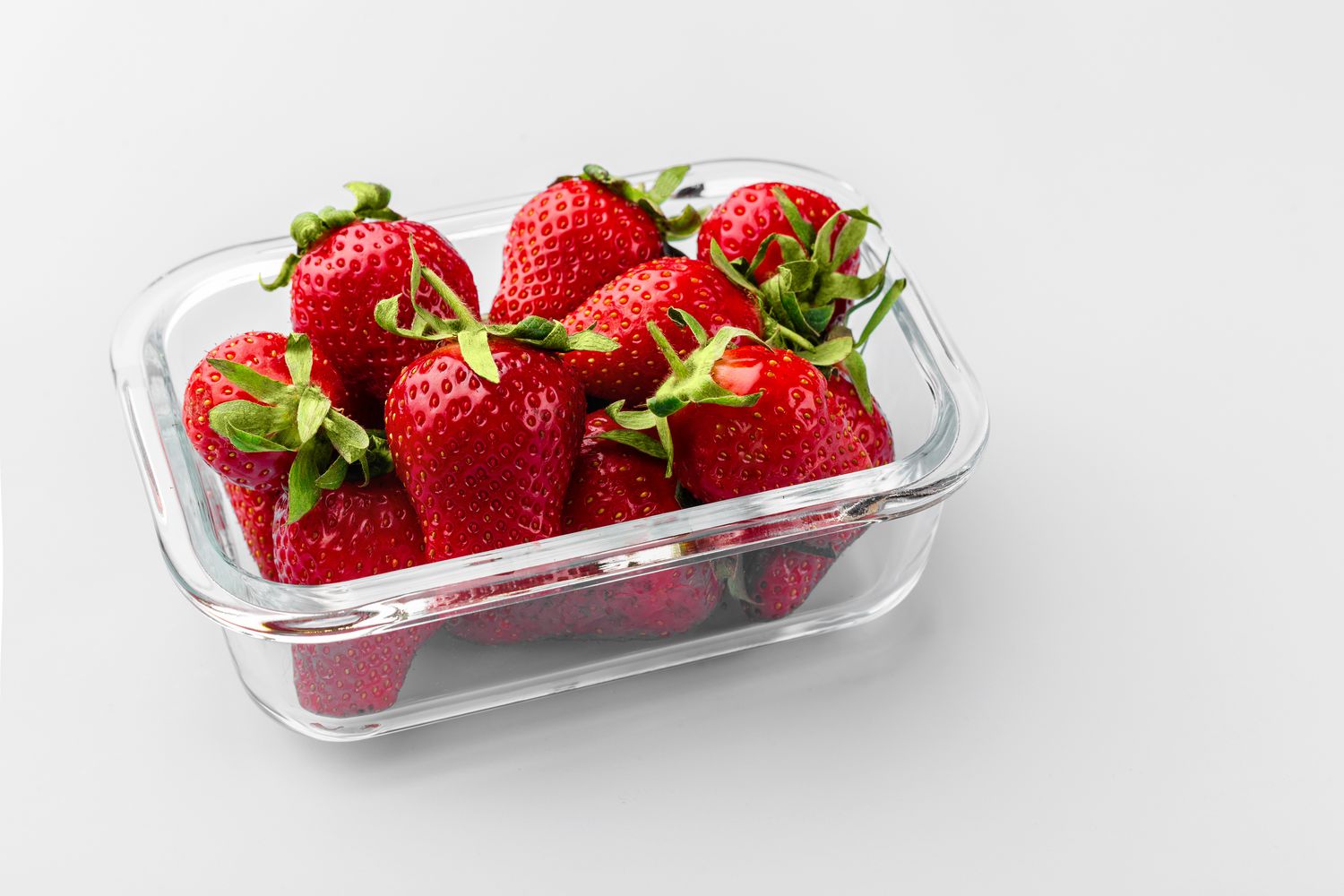

Articles
How To Store Strawberries To Keep Them Fresh
Modified: August 25, 2024
Learn the best way to store strawberries in order to keep them fresh for longer. Read our informative articles for expert tips and tricks on strawberry storage!
(Many of the links in this article redirect to a specific reviewed product. Your purchase of these products through affiliate links helps to generate commission for Storables.com, at no extra cost. Learn more)
Introduction
Welcome to the wonderful world of strawberries! These vibrant and succulent fruits are a favorite for many, known for their sweet taste and versatility in various dishes. Whether you’ve just picked up a fresh batch from the local farmer’s market or you have an abundance of strawberries from your own garden, knowing how to store them properly is essential to maintain their freshness and flavor.
Understanding the nature of strawberries and the factors that affect their freshness is the key to prolonging their shelf life. In this article, we will explore the best practices for storing strawberries to ensure they stay fresh for as long as possible.
Key Takeaways:
- Properly storing strawberries involves selecting firm, plump berries, handling them gently, and keeping them cold to maintain their freshness and flavor. Avoid washing them in advance and store them in a dry environment to prevent spoilage.
- Freezing strawberries is an excellent way to preserve their freshness for several months. By following simple steps such as washing, drying, and storing them in airtight containers, you can enjoy the taste of fresh strawberries even when they are out of season.
Read more: How To Store Grapes To Keep Them Fresh
Understanding Strawberries
Before we dive into the best practices for storing strawberries, let’s take a moment to understand the nature of these delectable fruits. Strawberries belong to the rose family and are actually not true berries but rather aggregate fruits. Their juicy texture and vibrant red color are both aesthetically pleasing and indicative of their ripeness.
Strawberries are highly perishable due to their high water content and delicate nature. The fruit is composed of tiny seeds on the outside, which are actually called achenes, and a fleshy interior. These seeds are responsible for the fruit’s distinct texture and slight crunch.
When strawberries are picked, they are typically at their peak ripeness or close to it. However, this also means that they are more vulnerable to spoiling quickly. Exposure to moisture, heat, and bacterial growth can accelerate their deterioration, leading to mushiness, mold, and loss of flavor.
Now that we have a better understanding of strawberries, let’s explore the factors that can affect their freshness and how we can mitigate them through proper storage techniques.
Factors that Affect Freshness
Several factors can impact the freshness and quality of strawberries. By being aware of these factors, we can take proactive steps to minimize their effects and maximize the shelf life of our strawberries.
1. Temperature: Strawberries are highly sensitive to temperature fluctuations. Exposure to high temperatures can cause them to ripen and spoil more quickly. On the other hand, storing them in excessively cold temperatures can lead to freezing and mushiness. Maintaining a cool, but not freezing, temperature is crucial for preserving their freshness.
2. Moisture: Moisture is the enemy of strawberries. Excess moisture can lead to mold growth and spoilage. It is important to keep strawberries dry and avoid storing them in wet or damp environments.
3. Air Circulation: Proper air circulation is essential for extending the shelf life of strawberries. Poor air circulation can lead to the buildup of ethylene gas, which accelerates the ripening process and can cause the fruit to spoil faster.
4. Bruising: Strawberries are delicate fruits and can easily bruise. Bruising not only affects their appearance but can also lead to faster spoilage. Gentle handling and proper packaging can help prevent bruising and keep strawberries fresh for longer.
5. Exposure to Light: Strawberries are sensitive to light and can become overripe when exposed to sunlight or artificial light sources for extended periods. It is advisable to store strawberries in a dark or dimly lit area to maintain their optimal freshness.
By taking these factors into consideration, we can now delve into the best practices for properly storing strawberries to ensure they stay fresh and delicious for as long as possible.
Tips for Properly Storing Strawberries
Properly storing strawberries is essential to maintain their freshness and extend their shelf life. Here are some valuable tips to help you store strawberries effectively:
- Choosing the Right Strawberries: Select strawberries that are firm, plump, and free from mold or bruises. Avoid strawberries with green or white patches as they may not be fully ripe.
- Handling with Care: Handle strawberries gently to prevent bruising. Avoid squeezing or piling them on top of each other, as this can lead to damage and spoilage.
- Cleaning and Drying: Before storing strawberries, gently rinse them under cold running water to remove any dirt and debris. Pat them dry with a paper towel or let them air-dry completely. Moisture should be minimized to prevent mold growth.
- Keeping Strawberries Cold: Strawberries are sensitive to heat, so it is crucial to store them in a cool environment. Place them in the refrigerator’s crisper drawer or in a shallow container lined with paper towels to absorb any excess moisture.
- Storing Unwashed Strawberries: It is best to store strawberries unwashed until you are ready to consume them. Washing strawberries in advance can introduce excess moisture, making them more prone to spoilage.
- Properly Freezing Strawberries: If you have an abundance of strawberries that you can’t consume before they spoil, freezing them is a great option. Wash and dry the strawberries, remove the stems, and place them on a baking sheet lined with parchment paper. Freeze the strawberries for a couple of hours until they are firm, then transfer them to an airtight container or freezer bag. Frozen strawberries can be stored for several months.
By following these tips, you can ensure that your strawberries stay fresh and delicious, allowing you to enjoy them for a longer period of time.
Choosing the Right Strawberries
When it comes to selecting strawberries, choosing the right ones is the first step towards ensuring their freshness. Here are some pointers to keep in mind:
- Look for Firmness: Opt for strawberries that are firm to the touch. Avoid those that are soft or mushy, as they may be overripe and prone to spoilage.
- Plumpness Matters: Plump strawberries are a sign of juiciness and ripeness. Avoid strawberries that appear shriveled or shrunk as they may be past their prime.
- Avoid Mold and Bruises: Inspect the strawberries for any signs of mold or bruising. Moldy strawberries should be discarded, as they can spread the spoilage to other strawberries. Similarly, bruised strawberries may deteriorate faster and lose their freshness.
- Check for Color: Look for strawberries that have a vibrant, deep red color. Avoid those that have green or white patches, as they may not be fully ripe.
- Smell the Aroma: Give the strawberries a gentle sniff. Ripe strawberries should have a sweet and fragrant aroma. If they have a sour or unpleasant scent, it could indicate that they are overripe or starting to spoil.
By selecting strawberries that are firm, plump, free from mold or bruises, and have a vibrant color and sweet aroma, you can ensure that you are starting with the freshest berries possible.
Read more: How To Store Sheets To Keep Them Fresh
Handling with Care
Proper handling is crucial to prevent damage and maintain the freshness of strawberries. Here are some tips to handle strawberries with care:
- Be Gentle: Strawberries are delicate fruits, so handle them with care to avoid bruising or damaging them. Avoid squeezing or squishing them when picking them up or placing them in containers.
- Avoid Piling: It’s tempting to pile a bunch of strawberries together, but this can lead to bruising and increased pressure on the bottom ones. Instead, arrange them in a single layer to preserve their shape and integrity.
- Separate Stems: Remove the green stems from the strawberries before storing or consuming them. You can do this by gently twisting or cutting them off with a small knife.
- Use a Soft Touch: When washing strawberries, use a soft touch to avoid damaging the fruit. Gently rinse them under cold running water, taking care to remove any dirt or debris.
- Avoid Contact with Other Fruits: Strawberries can easily pick up odors from other fruits, which can affect their taste. Store them separately from strong-smelling fruits like onions or garlic to maintain their natural flavors.
By handling strawberries gently and with care, you can minimize the risk of bruising, which can lead to faster spoilage. Treating these delicate fruits with respect will help preserve their freshness for longer.
Store strawberries in the refrigerator in a single layer on a paper towel-lined container to prevent moisture buildup and keep them fresh for longer.
Cleaning and Drying
Cleaning and drying strawberries properly is an essential step in ensuring their freshness. Here are some tips to effectively clean and dry your strawberries:
- Gentle Rinse: Start by giving your strawberries a gentle rinse under cold running water. This helps remove any dirt, debris, or pesticide residue that may be present on the surface of the fruit.
- Do Not Soak: Avoid soaking the strawberries in water as they can easily absorb excess moisture, which can lead to faster spoilage. A quick rinse is sufficient.
- Use a Colander: Place the strawberries in a colander while rinsing them under water. This allows the water to drain off easily without causing the strawberries to become waterlogged.
- Dry Thoroughly: After rinsing, gently pat the strawberries dry with a paper towel or let them air-dry completely. Moisture is the enemy of strawberries, so it is crucial to minimize it to prevent mold growth.
- Avoid Crushing: Be careful while drying the strawberries not to crush or squeeze them. Handle them with a light touch to preserve their shape and texture.
Remember, it is best to clean strawberries just before you plan to consume or store them. Washing them in advance can introduce excess moisture and promote spoilage. By following these cleaning and drying techniques, you can enjoy fresh, clean strawberries with minimal risk of bacterial contamination or early deterioration.
Keeping Strawberries Cold
Strawberries are highly perishable and sensitive to heat, so keeping them cold is essential for preserving their freshness. Here are some tips to maintain the optimal temperature for strawberries:
- Refrigerator Storage: Place your strawberries in the refrigerator as soon as possible. The cool temperature of the fridge helps slow down the ripening process and extends the shelf life of the berries.
- Crisper Drawer: Store your strawberries in the crisper drawer of your refrigerator. This compartment is designed to maintain higher humidity levels, which helps prevent the strawberries from drying out.
- Shallow Container: If the crisper drawer is not available or if you have a large quantity of strawberries, store them in a shallow container or a single layer on a plate lined with paper towels. This helps absorb any excess moisture and prevents the strawberries from becoming waterlogged.
- Temperature Control: Set your refrigerator to a temperature between 32°F and 36°F (0°C to 2°C) to keep the strawberries cool without freezing them. Avoid storing them in excessively cold areas, such as near the back of the freezer compartment.
- Avoid Condensation: Ensure that there is no excessive condensation inside the storage container or on the strawberries themselves. Moisture can cause the strawberries to become mushy and promote the growth of mold.
By keeping your strawberries cold and stored correctly, you can maintain their freshness, texture, and flavor for a longer period of time. Regularly check the strawberries for any signs of spoilage, as even under optimal storage conditions, they can still deteriorate over time.
Storing Unwashed Strawberries
Storing unwashed strawberries is a recommended practice to maximize their freshness and prevent premature spoilage. Here’s what you need to know about storing unwashed strawberries:
- Keep Them Dry: Moisture is the enemy of strawberries, as it can lead to mold growth and spoilage. It is important to store unwashed strawberries in a dry environment to prevent excess moisture from accumulating.
- Avoid Washing in Advance: It is best to avoid washing strawberries before storing them. Washing can introduce moisture, making them more prone to drying out and becoming mushy or moldy.
- Remove Damaged Berries: Check the strawberries for any signs of spoilage before storing them. Remove any berries that are mushy, moldy, or have bruises, as they can speed up the decay process for the rest of the strawberries.
- Refrigerator Storage: Place the unwashed strawberries in a container lined with paper towels, or leave them in their original packaging if it provides adequate air circulation. This helps absorb any excess moisture and prevents the strawberries from becoming waterlogged.
- Optimal Location: Store the container of unwashed strawberries in the refrigerator’s crisper drawer or on a lower shelf, away from potential sources of heat or direct sunlight. Maintaining a consistent cool temperature helps slow down the ripening process and prolongs the strawberries’ freshness.
Remember, it is best to consume unwashed strawberries within a few days of purchase or harvest to enjoy them at their peak freshness. When you’re ready to enjoy the strawberries, give them a gentle rinse under cold water, removing any dirt or debris, just before consuming.
By storing unwashed strawberries properly, you can maintain their quality and extend their shelf life, ensuring that every bite is bursting with fresh flavor.
Read more: How To Store Radishes To Keep Them Fresh
Properly Freezing Strawberries
If you find yourself with an abundance of strawberries that you can’t consume before they spoil, freezing them is an excellent way to preserve their freshness. Here’s how to properly freeze strawberries:
- Prep the Strawberries: Start by washing the strawberries under cold running water. Gently remove the green stems by twisting or cutting them off with a small knife. Pat the strawberries dry with a paper towel to remove excess moisture.
- Spread on a Baking Sheet: Line a baking sheet with parchment paper and arrange the prepared strawberries in a single layer. Make sure the strawberries do not touch each other to prevent them from sticking together during the freezing process.
- Freeze Until Firm: Place the baking sheet with the strawberries in the freezer. Allow them to freeze for a couple of hours or until they are firm. Freezing the strawberries individually before transferring them to a storage container helps prevent them from clumping together.
- Transfer to Freezer Bags or Containers: Once the strawberries are frozen, carefully transfer them into airtight freezer bags or containers. Label the bags or containers with the date for easy reference in the future.
- Remove Air and Seal: Squeeze out any excess air from the freezer bags before sealing them tightly. If using containers, make sure they are sealed properly to prevent freezer burn.
- Store in the Freezer: Place the freezer bags or containers of strawberries in the freezer. Try to keep them in a single layer to prevent crushing or damaging the strawberries. Store them away from strong-smelling foods to avoid flavor transfer.
Frozen strawberries can be stored in the freezer for several months. They are perfect for adding to smoothies, baking, or making jams and sauces. When you’re ready to use frozen strawberries, simply remove the desired amount from the freezer and thaw them in the refrigerator or use them directly in your recipes.
By properly freezing strawberries, you can enjoy the taste of fresh strawberries even when they are out of season, ensuring no berry goes to waste.
Conclusion
Properly storing strawberries is essential to maintain their freshness and maximize their shelf life. By understanding the nature of strawberries and the factors that can affect their freshness, we can take the necessary steps to help them stay fresh for longer.
From selecting the right strawberries to handling them with care, cleaning and drying them properly, keeping them cold, storing unwashed strawberries, and even freezing them, each step plays a significant role in preserving their flavor and texture.
Remember to choose strawberries that are firm, plump, and free from mold or bruises. Handle them gently to prevent bruising, and store them in the refrigerator to keep them cool. Avoid washing strawberries in advance and store them in a dry environment. If needed, freezing strawberries is a great way to extend their shelf life and enjoy their goodness throughout the year.
By following these tips, you can enjoy the sweet and juicy taste of strawberries for longer periods, whether they are freshly picked or purchased from the store.
So the next time you bring home a batch of strawberries, treat them with care, store them properly, and savor their freshness and natural sweetness in every bite. Happy strawberry storing!
Frequently Asked Questions about How To Store Strawberries To Keep Them Fresh
Was this page helpful?
At Storables.com, we guarantee accurate and reliable information. Our content, validated by Expert Board Contributors, is crafted following stringent Editorial Policies. We're committed to providing you with well-researched, expert-backed insights for all your informational needs.
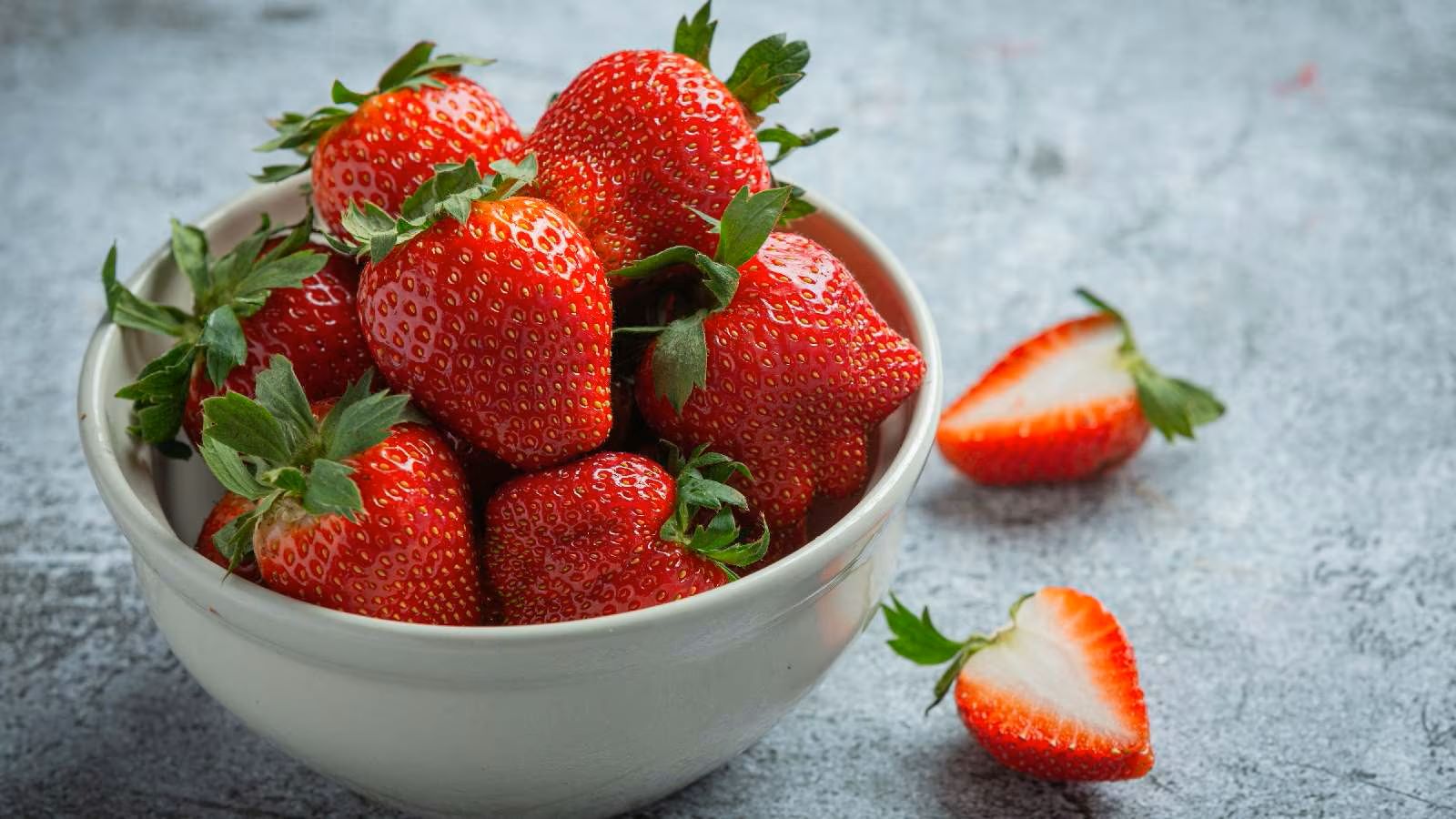
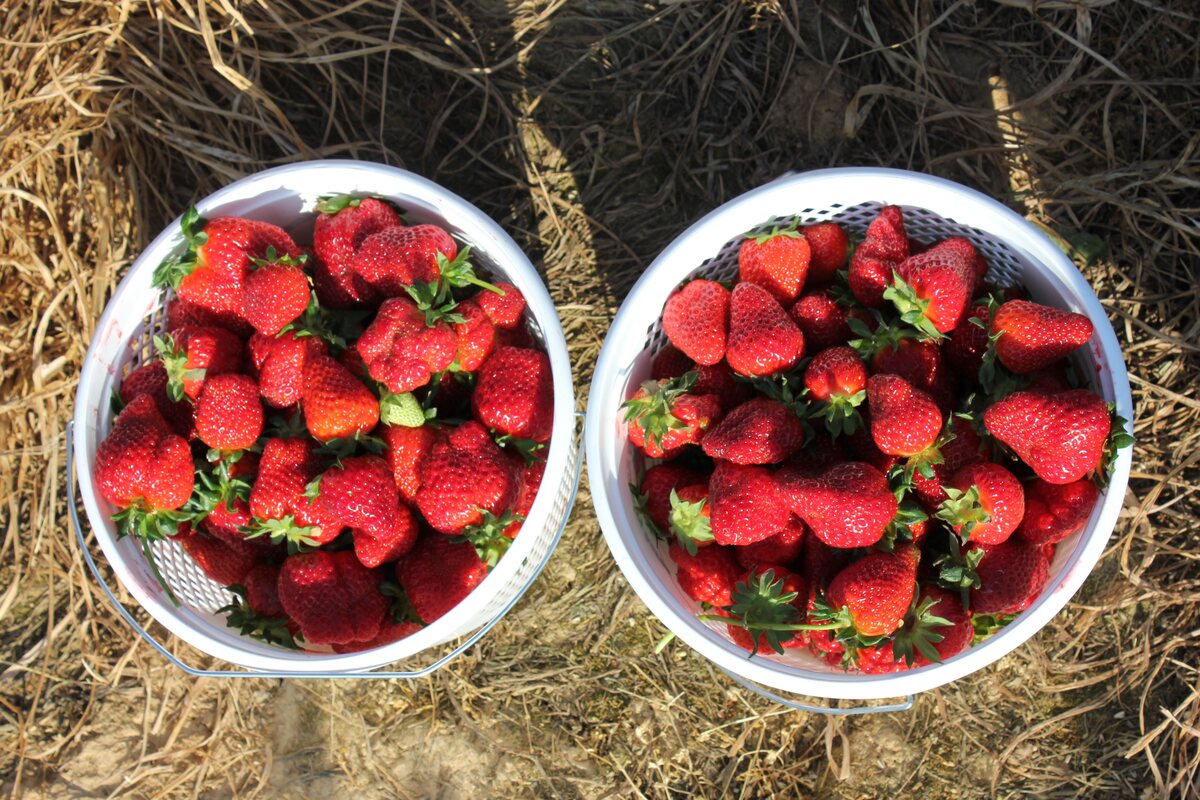
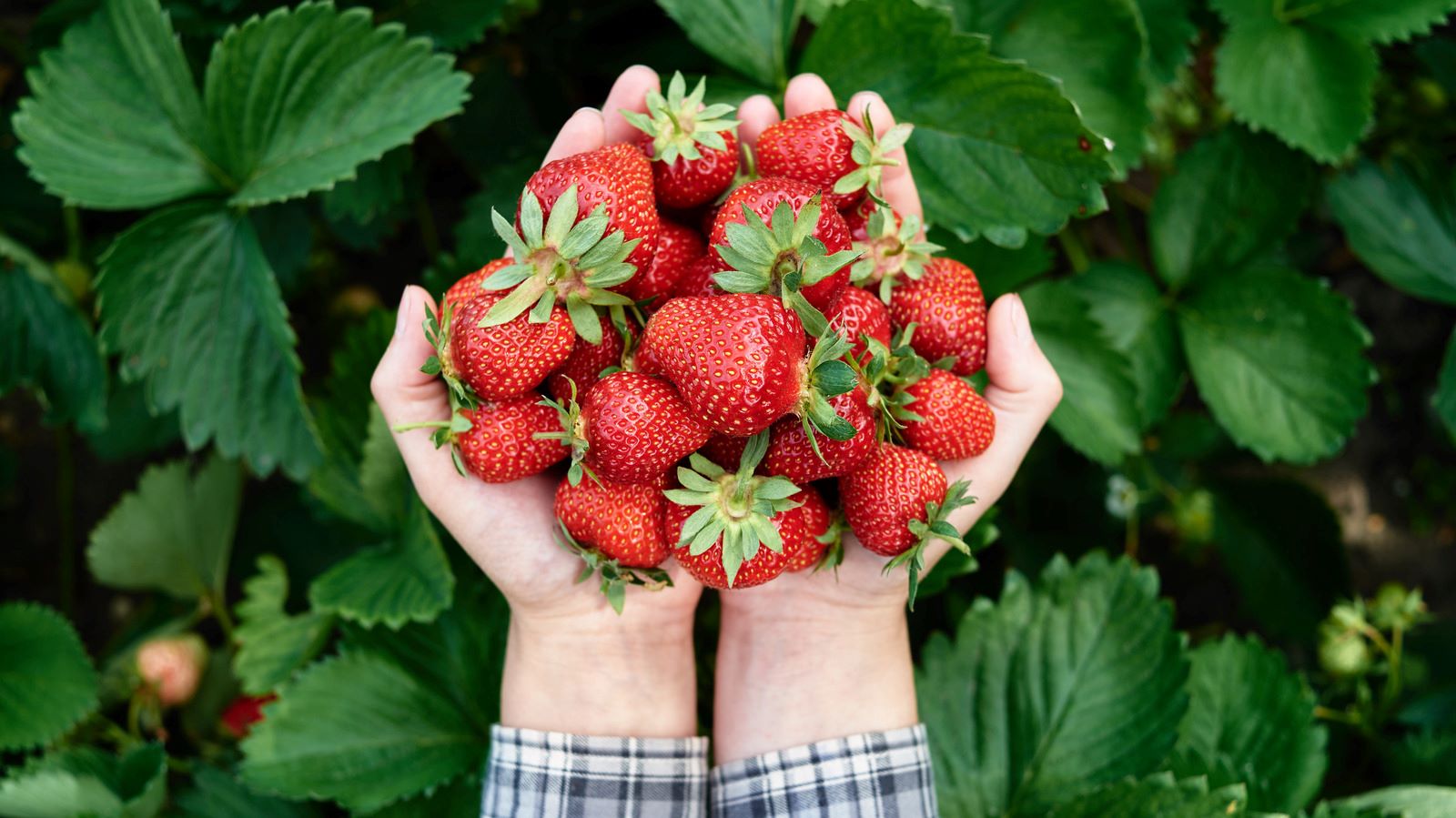
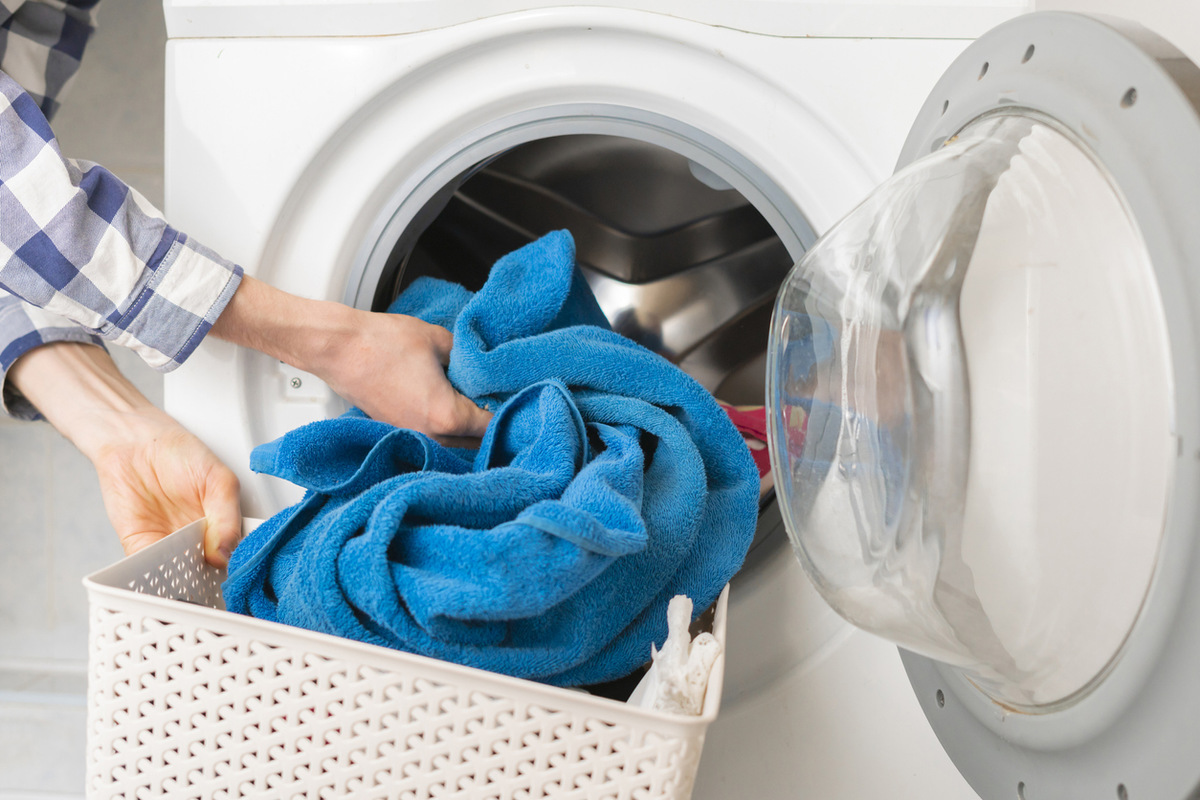

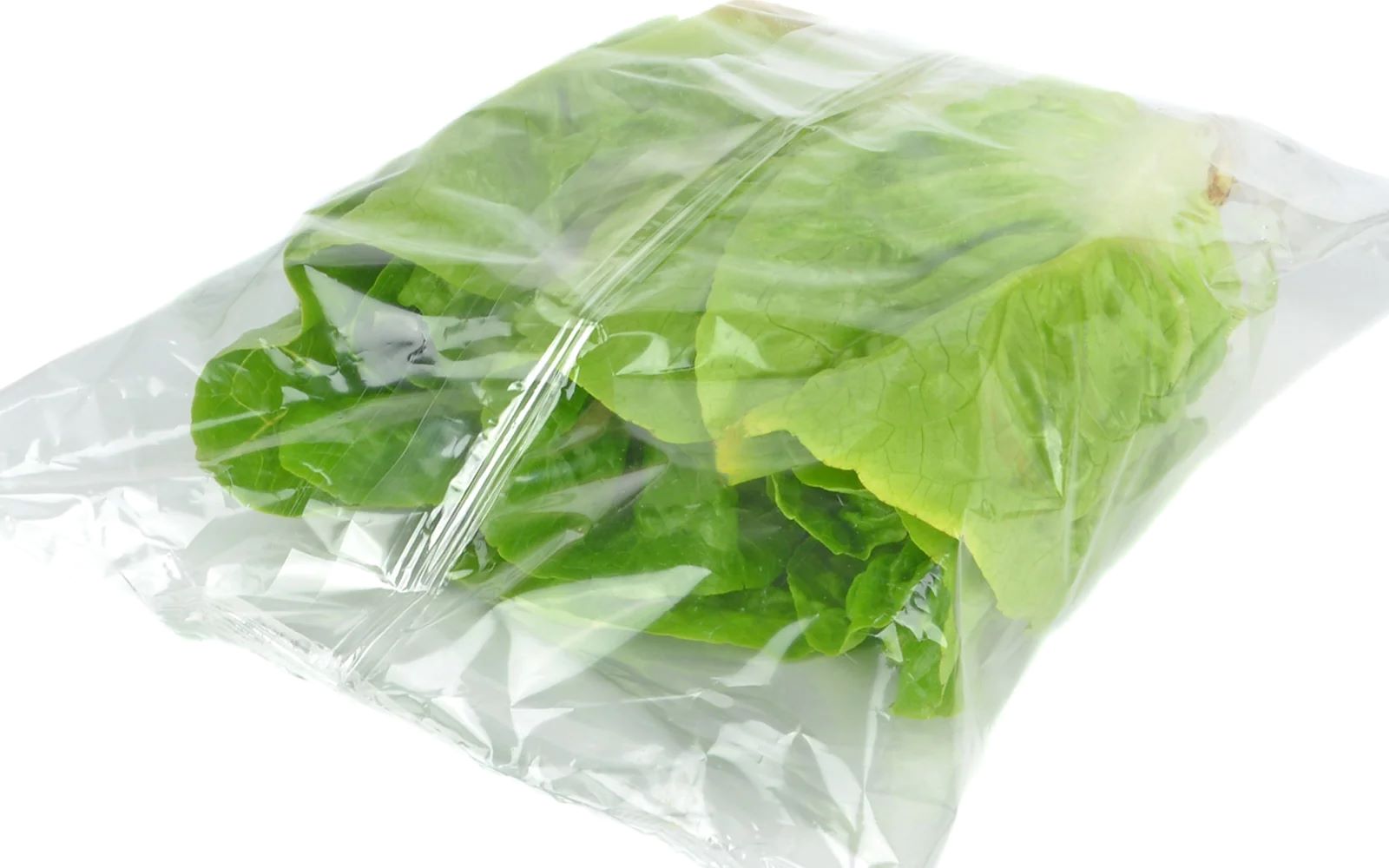
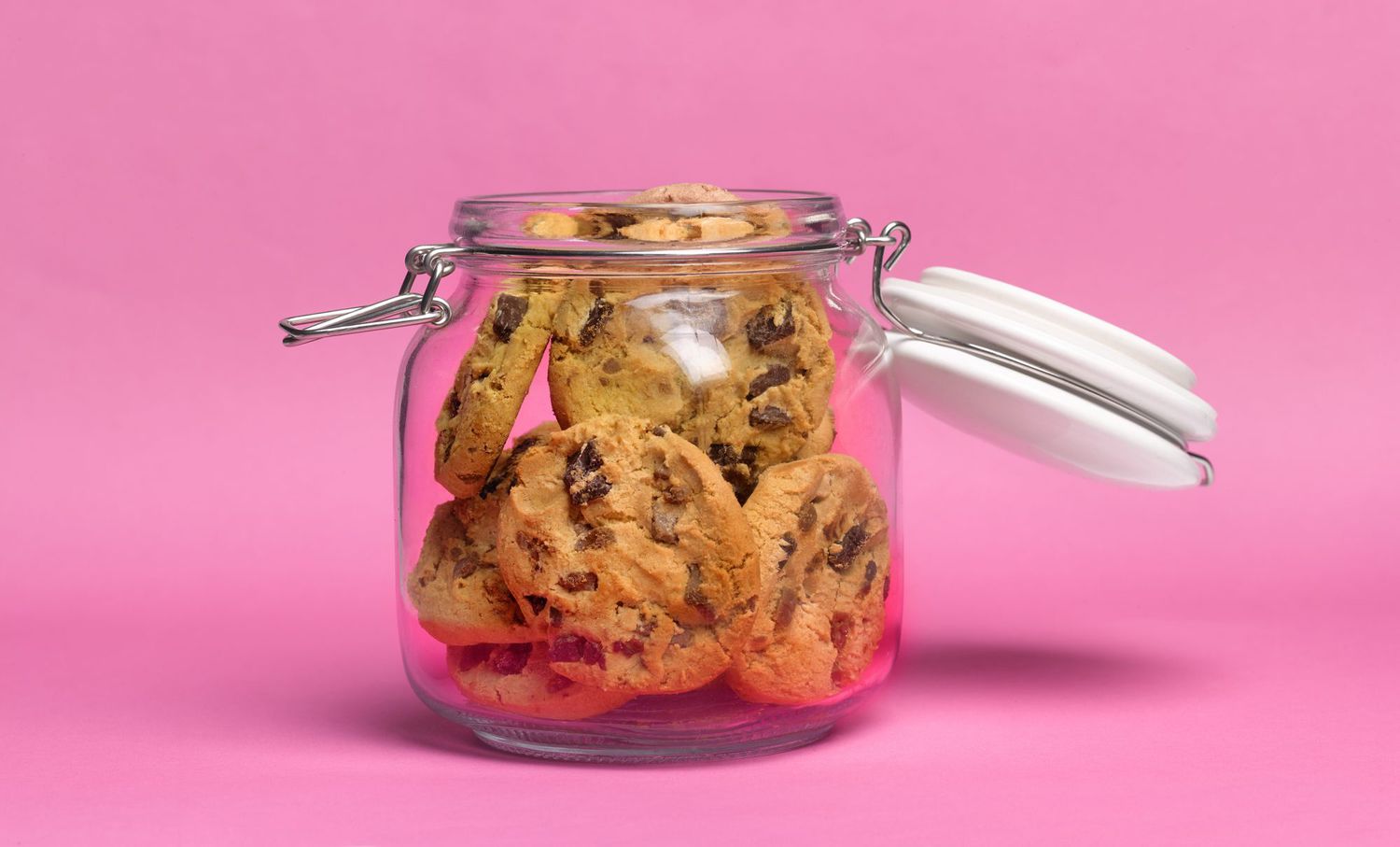

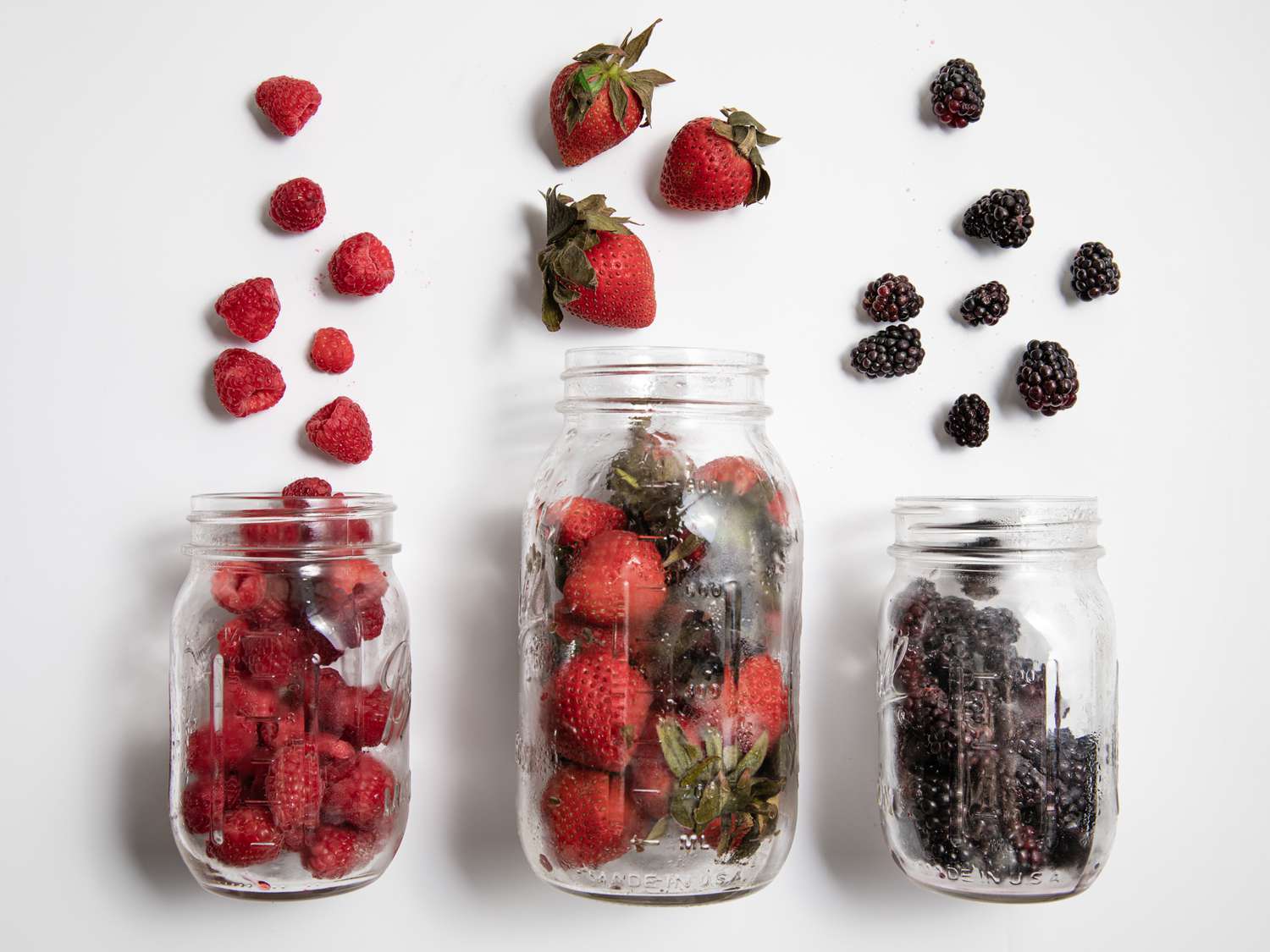
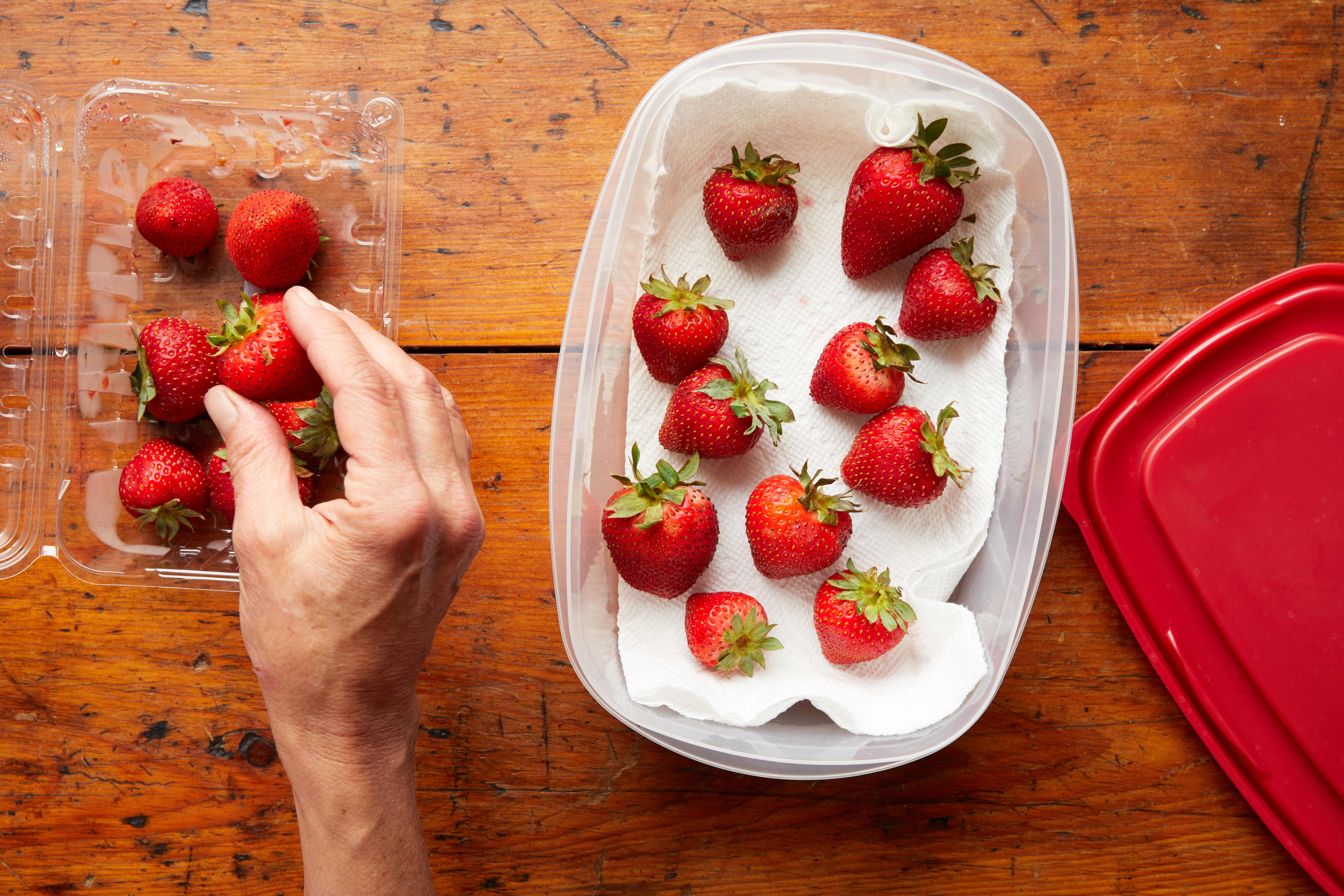
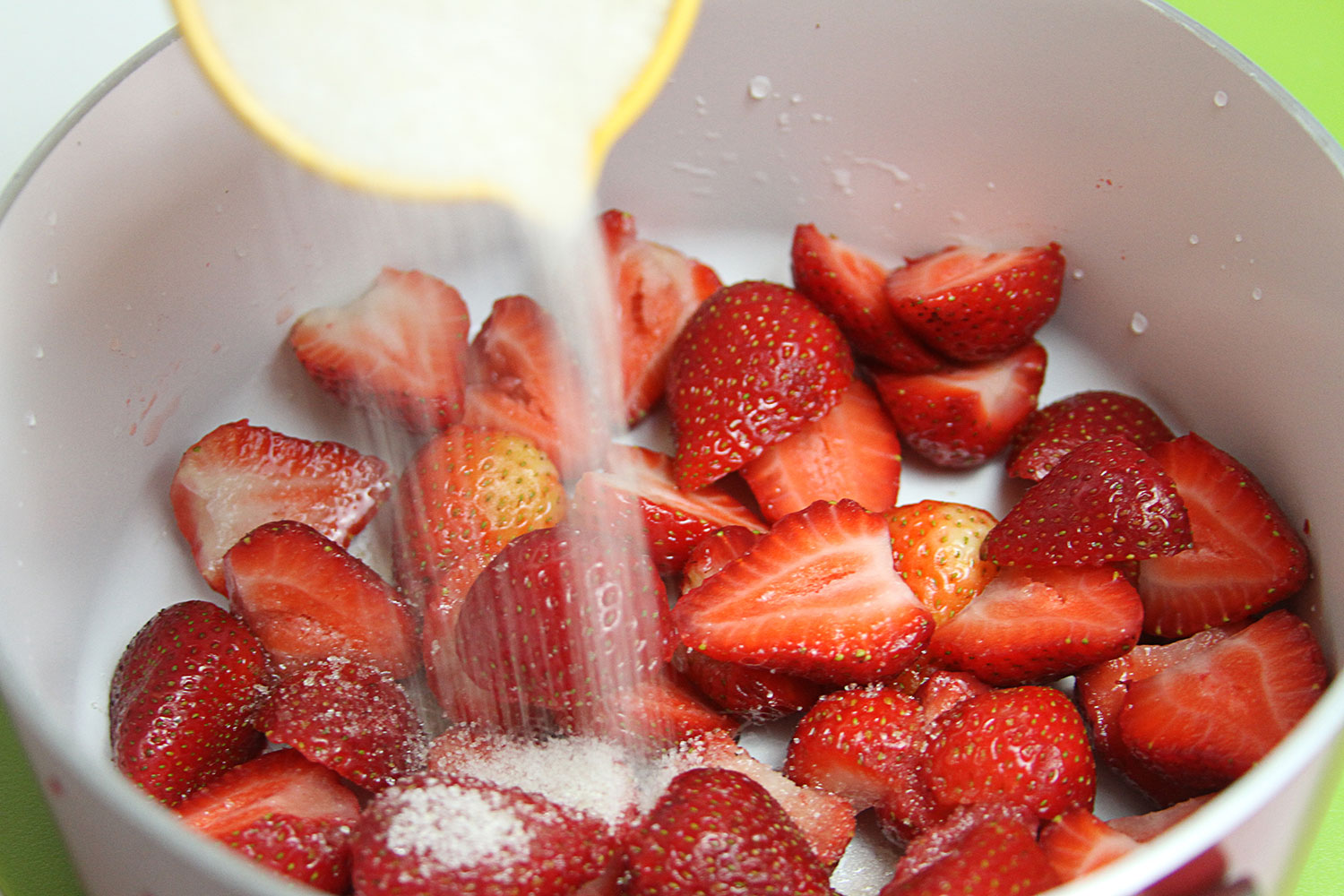
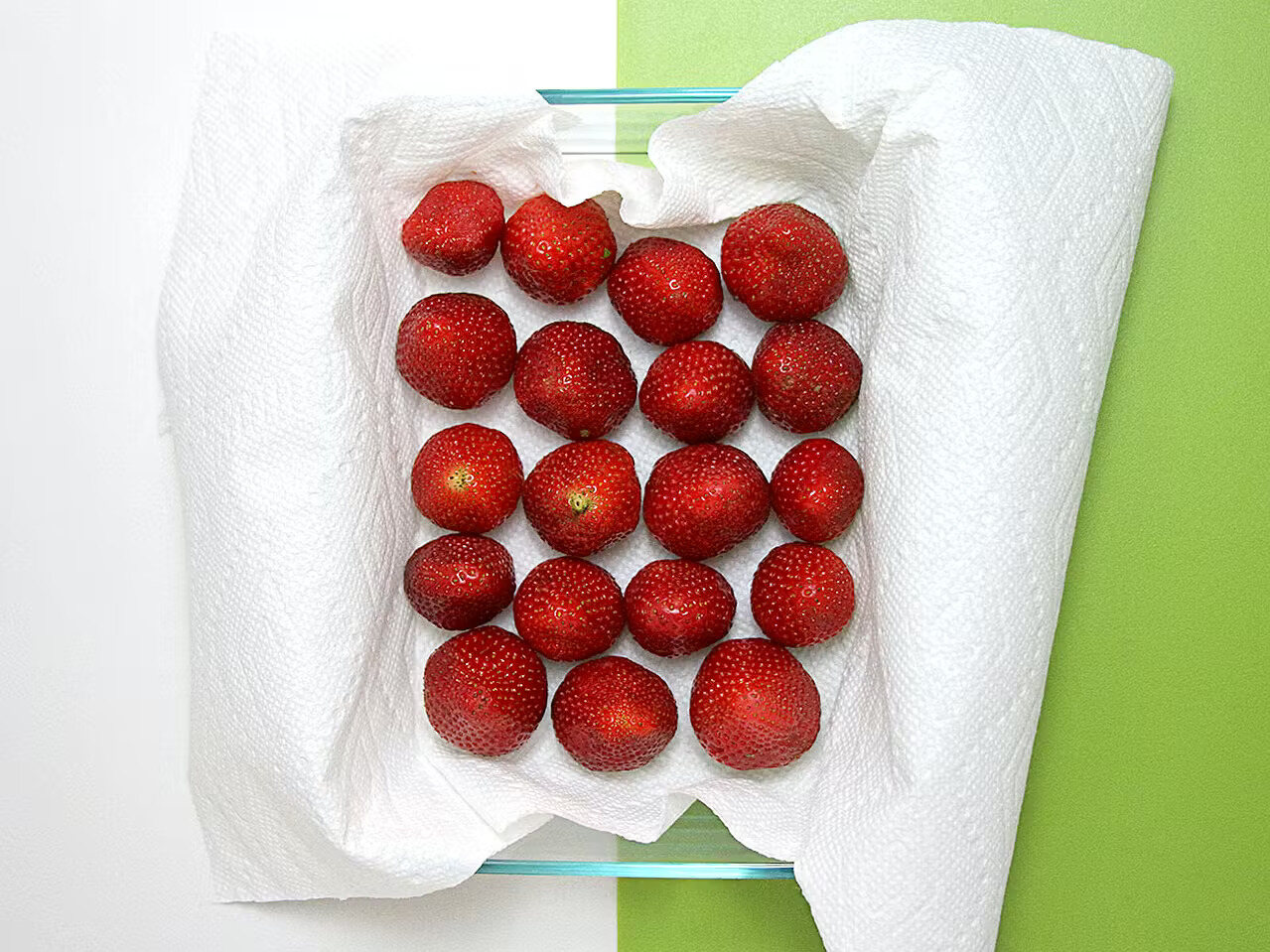
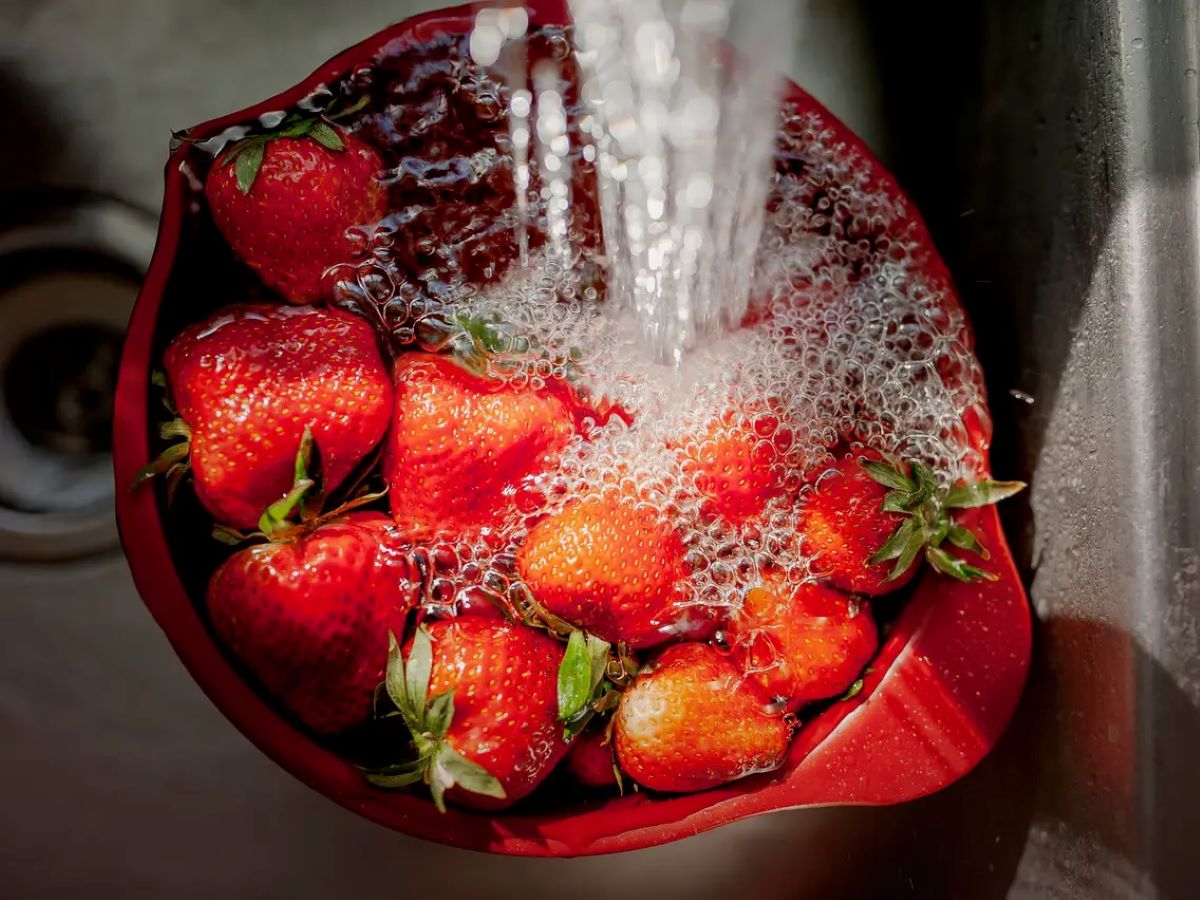

0 thoughts on “How To Store Strawberries To Keep Them Fresh”